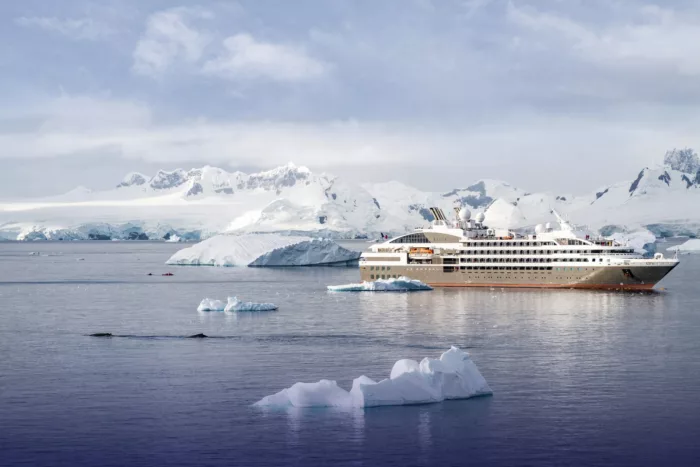
Ponant
When searching for a luxury yacht expedition cruise, there’s one name above all else that you need to know – Ponant Cruises. Founded in 1988 by former French Merchant Navy officers, Ponant combines succulent luxury with authentic adventures on all seven continents.
From classic Mediterranean itineraries and Caribbean sailings, to bucket-list expeditions around Greenland and Antarctica, Ponant cruises proudly counteract the banality of mainstream voyages with a unique take on the concept of small-ship cruising. It’s the absolute trip of a lifetime.
264
Passengers
145
Crew
2010
Launched
10944t
Tonnage
142m
Length
18m
Width
14kts
Speed
5
Decks
EUR
Currency
Cruise Itinerary
Day 1
Ushuaia, Argentina
Days 2 - 3
,
Days 4 - 8
Antarctic Peninsula, Antarctica
Days 9 - 10
,
Day 11
Ushuaia, Argentina

Day 1
Ushuaia, Argentina

Days 2 - 3
,

Days 4 - 8
Antarctic Peninsula, Antarctica

Days 9 - 10
,

Day 11
Ushuaia, Argentina
Ship Details


Ponant
Le Boréal
Le Boréal, like its Sisterships L’Austral, Le Soléal and Le Lyrial, epitomises the unique feel and atmosphere of the ships of the PONANT fleet.
Cabins
All Prices




